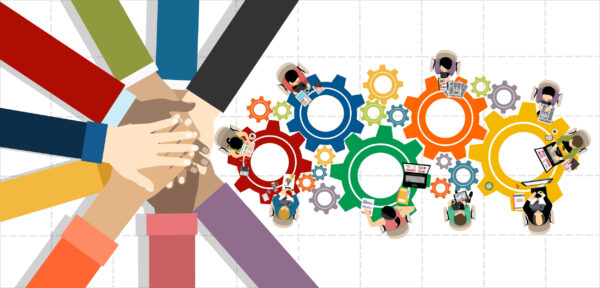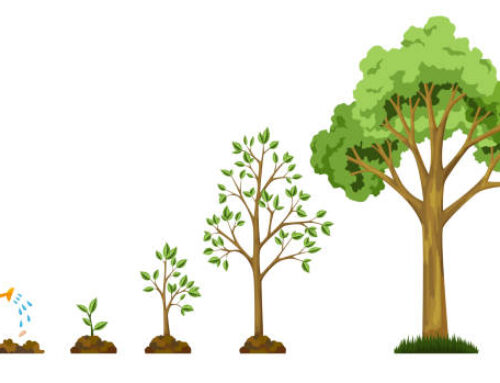Why Diversity?
Shawnee Love • October 22, 2020
Diversity in the workplace is in fashion. But in becoming a best practice or standard, somehow the dialogue about why it is important has been shelved. Now, instead of discussing when and why diversity is valuable, people are shamed for wondering if it truly is the right thing to do.
I don’t shy away from topics just because they aren’t politically correct, and in the case of diversity, I think its really important for employers to know exactly what is great about diversity as well as why it can be a tough road at times.
I believe in diverse workplaces.
First, let me point out that diversity doesn’t just mean racial or cultural although that is certainly part of diversity because cultural and racial differences point to different backgrounds and experiences being brought to the table.
Diversity at work in its soul of souls is about thinking differently, perceiving differently, wondering differently, and in doing so, opens a variety of paths and opportunities. Diversity at work is also about behaving like and understanding your diverse customers and suppliers and even looking like them so they feel welcomed and understood and their needs can be met.
Diversity includes the grounds protected under human rights (age, gender identity, sexual identity, race, religion, physical and mental ability, race, national origin, etc.) but also includes social and economic factors and even athlete vs bookworm vs. couch potato Netflix binger. I don’t mean to trivialize diversity. I just want to point out that diversity is about building a team of people who represent so many perspectives and walks of life, that you can eliminate your blind spots and readily spot and action opportunities because you have the workforce equivalent of a fully loaded swiss army knife who can recognize nuances and subtleties missed by others.
As noted in my previous blog, diversity fosters creativity and innovation, enhances decision making, increases vibrancy, and reduces risks associated with group think or simply group ignorance. In short, it makes your organization more competitive and adaptable.
However, diversity comes with challenges, most notably, the fact that it takes hard work and strong leadership (to create and facilitate buy in), and a powerful and compelling vision.
A homogenous team is easier to manage. If everyone thinks and behaves the same, comes from the same standpoint of values, beliefs and experiences, and wants to move forward in the same fashion, its easy for leaders. Everyone gets the jokes, eats the same food, uses the bathroom the same way, likes the same music, cars, and movies, and does the same things after work, and thus you don’t have to spend much time on building mutual understanding, correcting misunderstandings, or getting people on the same page. You just get to work within your well-known lane and stick to your knitting.
However, in today’s Canada, homogeneity is near impossible unless you have a miniscule organization. Our cultural mosaic, proudly touted in the 80’s, has become a mosaic of so many more categories. Frankly, the difficulty hiring skilled talent has been a major factor pushing organizations to become more diverse. Regardless of how we get there, diversity of your workforce fosters the diversity of thought necessary to meet the future demands of your customers and the marketplace in general. But that is only if you are able to effectively lead and manage a diverse team.
This is not for the faint of heart. It is a practice and not a destination. It cannot be a flavour of the month program because it involves the fabric of your culture. You, as a leader, must be able to dig into and resolve conflict, hold people accountable, model respect and empathy, communicate articulately, listen deeply, and lead with vision, purpose and perseverance, all while keeping your sense of humour and fun. You must be committed to this no matter what comes your way. It has to be as vital and embedded in your operations as processing payroll and serving your customers.
Questions or additional thoughts about diversity? Please comment.





